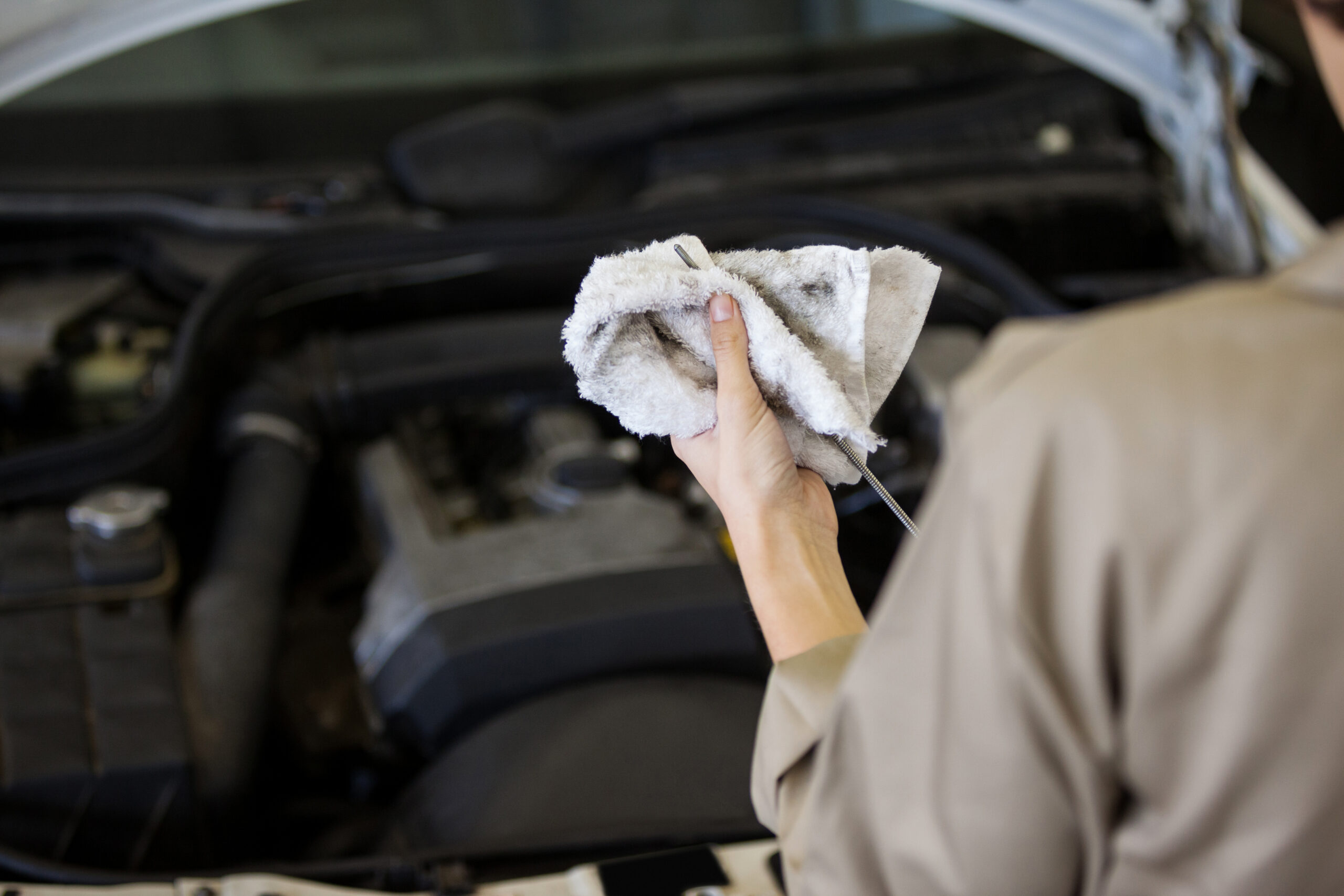When buying a second-hand car in South Africa, it is crucial to thoroughly inspect the vehicle’s fluids and check for any leaks. Fluids play a vital role in the proper functioning of a car, and leaks can be indicative of underlying issues. In this article, we will provide valuable tips for checking the fluids and detecting leaks in a second-hand car, helping you make an informed purchase decision.
- Engine Oil: Start by checking the engine oil. Park the car on level ground, let the engine cool down, and locate the dipstick. Pull it out, wipe it clean, reinsert it, and then pull it out again to check the oil level. The oil should be at the appropriate level indicated on the dipstick, and it should appear clean, not excessively dark or sludgy, which could indicate poor maintenance or engine problems.
- Coolant: Inspect the coolant level and condition. Locate the coolant reservoir and check that the coolant is at the proper level as indicated on the reservoir. The coolant should have a vibrant color (usually green or pink) and be free of oil or any discoloration that might suggest contamination.
- Brake Fluid: Check the brake fluid reservoir, usually located near the firewall in the engine bay. The fluid level should be within the marked range on the reservoir. Brake fluid is typically amber or golden in color. If it appears dark or dirty, it may need to be flushed and replaced.
- Power Steering Fluid: Locate the power steering fluid reservoir, which is often near the engine. The fluid level should be within the designated range on the reservoir. The fluid should have a transparent or slightly reddish color. If it appears excessively dirty or has a burnt smell, it may require flushing and replacement.
- Transmission Fluid: Inspect the transmission fluid by locating the transmission dipstick, usually towards the rear of the engine bay. Follow the manufacturer’s instructions for checking the fluid level and appearance. The fluid should be clean and transparent, without any burnt smell or discoloration.
- Washer Fluid: Ensure the washer fluid reservoir is filled with a suitable windshield washer fluid. This fluid is typically blue in color and aids in maintaining clear visibility while driving. A low or empty reservoir could indicate negligence in maintenance.
- Leaks: Perform a visual inspection underneath the car for any signs of fluid leaks. Check for drips or puddles of oil, coolant, transmission fluid, or any other fluid. Leaks can indicate worn seals, gaskets, or more significant issues with the vehicle. Pay attention to the color, consistency, and location of the leaks, as it can help identify the source and severity of the problem.
- Professional Inspection: While these tips provide a good starting point, it is always recommended to have a professional mechanic inspect the vehicle thoroughly. They have the expertise and tools to detect hidden leaks or potential fluid-related problems that may not be evident during a visual inspection.
Checking the fluids and detecting leaks is an essential part of inspecting a second-hand car in South Africa. By examining the engine oil, coolant, brake fluid, power steering fluid, transmission fluid, and washer fluid, you can gauge the vehicle’s maintenance history and potential issues. Additionally, a careful inspection for leaks underneath the car can reveal any hidden problems. However, it is advisable to have a professional mechanic conduct a comprehensive inspection to ensure the car’s fluids are in good condition and to address any leaks or related concerns before finalizing the purchase.











